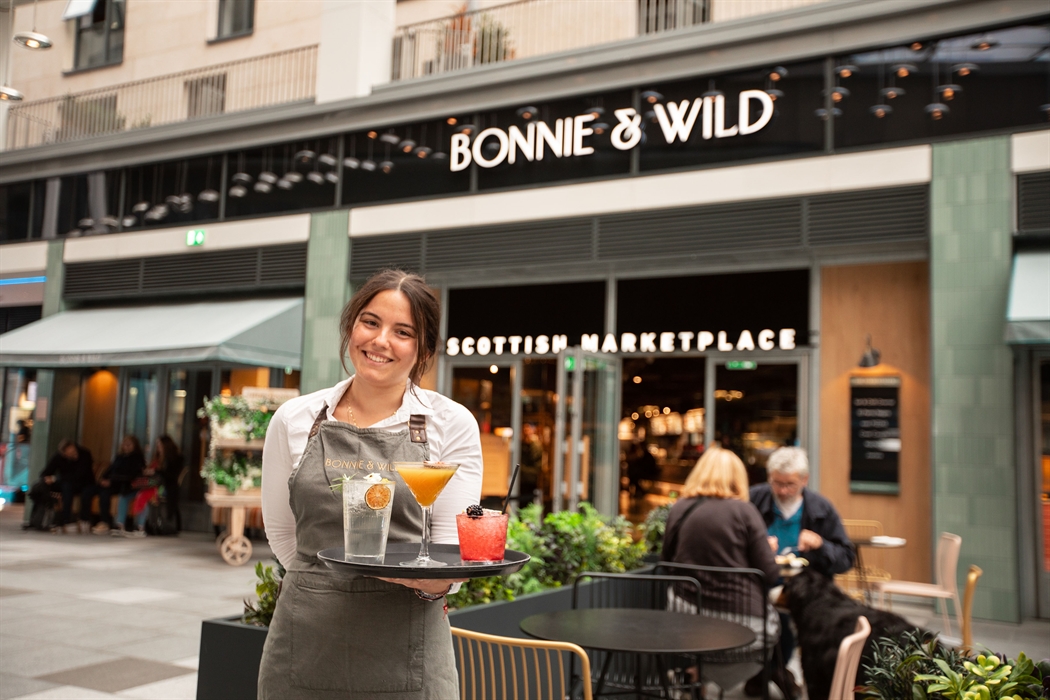Fife
WELCOME TO Fife
Province Overview
Kirkcaldy
1,325 km2
383,500
English
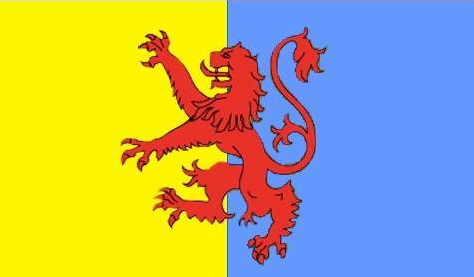
Popular
Geography and Tourist Attractions
Information about the province's tourist attractions, including popular destinations, events, and activities.
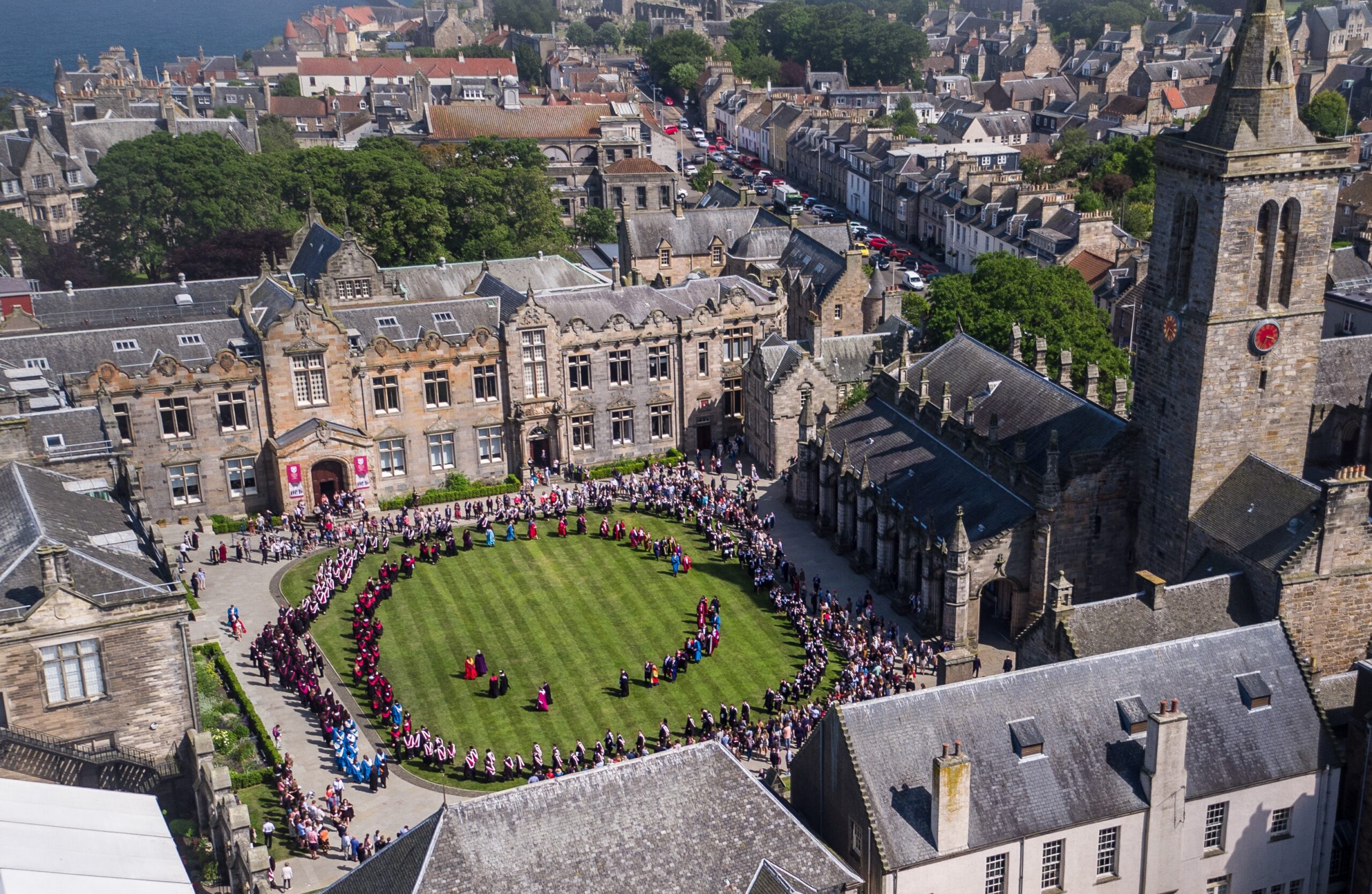
St Andrews
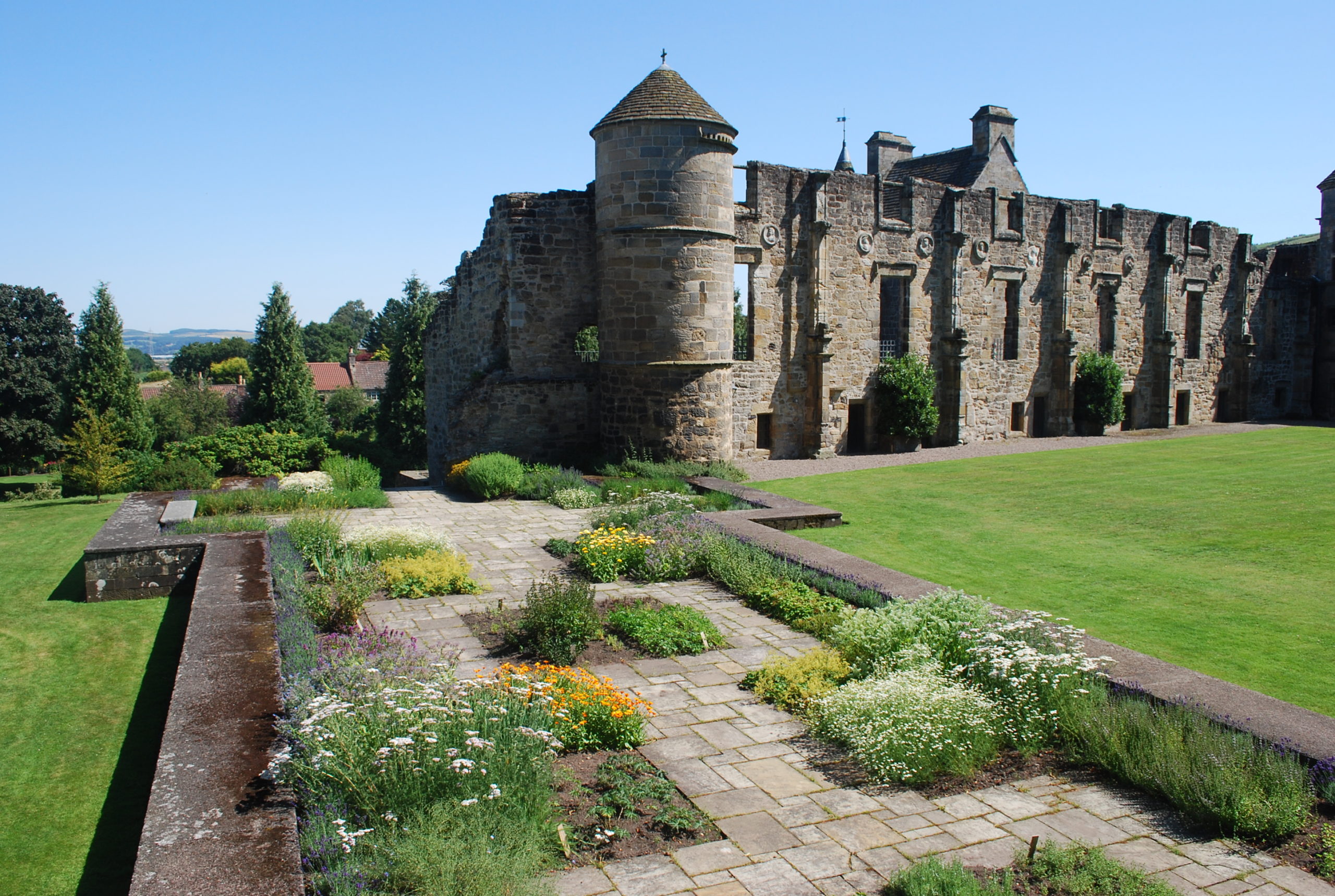
Falkland Palace

Dunfermline Abbey and Palace
Political
Economy and Government
Fife is a council area and historic county located in the east of Scotland. As a part of Scotland, the economy and government of Fife are heavily influenced by the policies and structures of the Scottish government.
Fife has a diverse economy, with a mix of industries such as manufacturing, services, and tourism. Major sectors include food and drink, engineering, renewable energy, and tourism. The area is home to several large employers, including Diageo, Michelin, and Raytheon.
The Scottish government has implemented several policies to support the growth of businesses in Fife, including funding for research and development, and investment in infrastructure projects such as the Queensferry Crossing bridge.
Fife is governed by Fife Council, which is responsible for providing public services such as education, housing, and social care. The council is made up of elected representatives, who are responsible for making decisions on behalf of the local community.
The Scottish government also has a significant role in governing Fife, as it sets policies and provides funding for public services. The Scottish Parliament, which is based in Edinburgh, has the power to make laws and regulations that affect Fife.
In summary, the economy of Fife is diverse, with a mix of industries including manufacturing, services, and tourism. The Scottish government plays a significant role in governing Fife, providing funding and setting policies to support the local economy and public services. Fife Council is responsible for providing local public services and making decisions on behalf of the local community.

History
History and Culture
Fife is a historic county in Scotland, located on the east coast, with a rich history and culture. Here is a brief overview:
Fife has been inhabited since prehistoric times, with evidence of settlements dating back to 4,000 BC.
In the Middle Ages, Fife was an important region due to its location between the royal burghs of Edinburgh and St Andrews. Many castles were built during this time, such as Dunfermline Abbey and Castle, and St Andrews Castle.
The Reformation had a significant impact on Fife, as it was the home of the influential religious reformer, John Knox. Many churches and abbeys were destroyed during this time.
During the Industrial Revolution, Fife became known for its coal mining and fishing industries.
Fife is known for its traditional music, with many local musicians playing the fiddle, accordion, and other traditional instruments.
The Fife dialect, known as Fife Scots, is a variation of the Scots language spoken in the region.
The annual Pittenweem Arts Festival showcases the work of local artists and craftspeople, and is a highlight of the cultural calendar.
The region is also known for its food and drink, with local specialties including the Forfar Bridie (a type of meat pastry), Stornoway black pudding, and Fife whisky.
Sports are also an important part of Fife's culture, with ice hockey, football, and golf being popular pastimes. The town of St Andrews is home to the world-famous Old Course golf course.
HOTELS
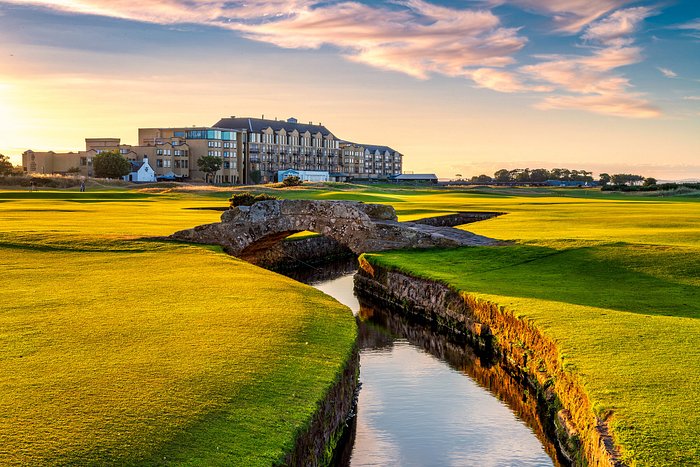
The Old Course Hotel, Golf Resort & Spa

Best Western Scores Hotel
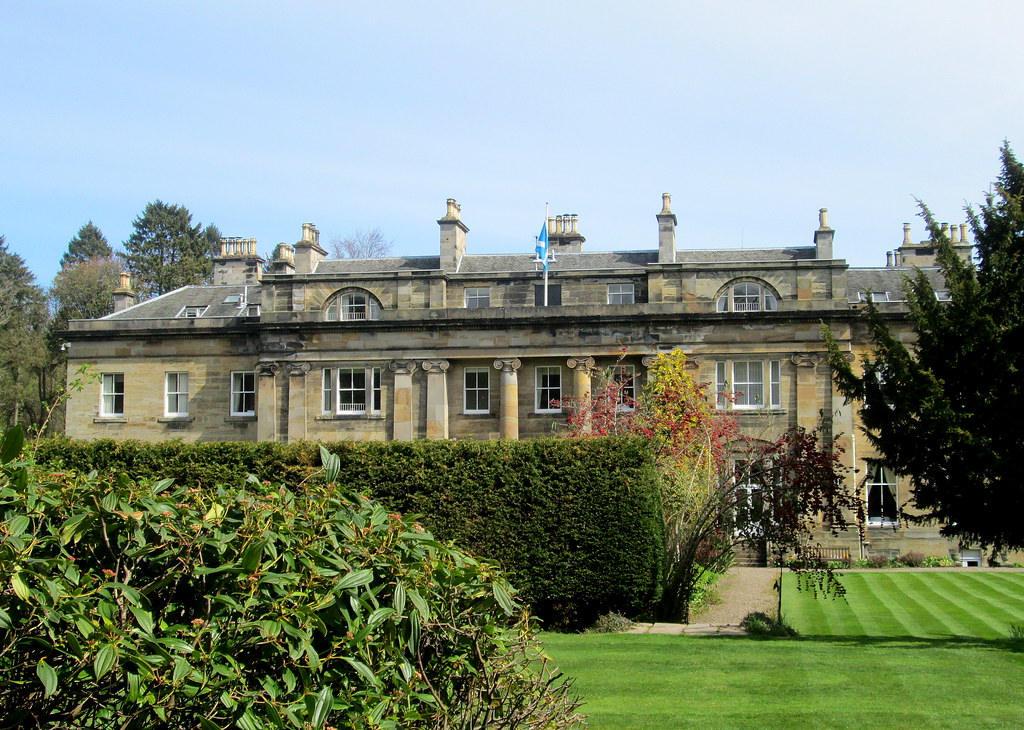
Balbirnie House Hotel
RESTAURANTS
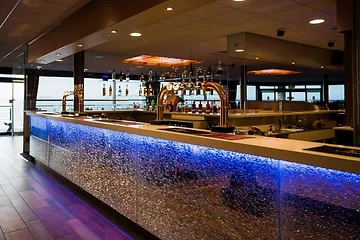
The Horizens restaurant

The press cafe, bar & bistro
